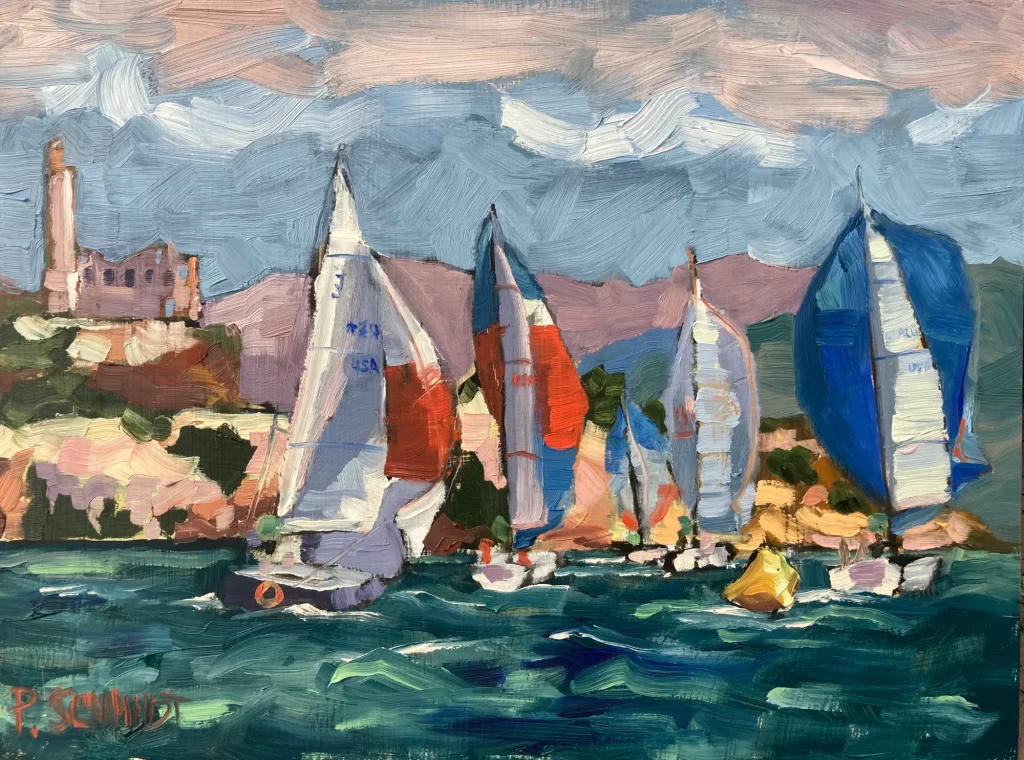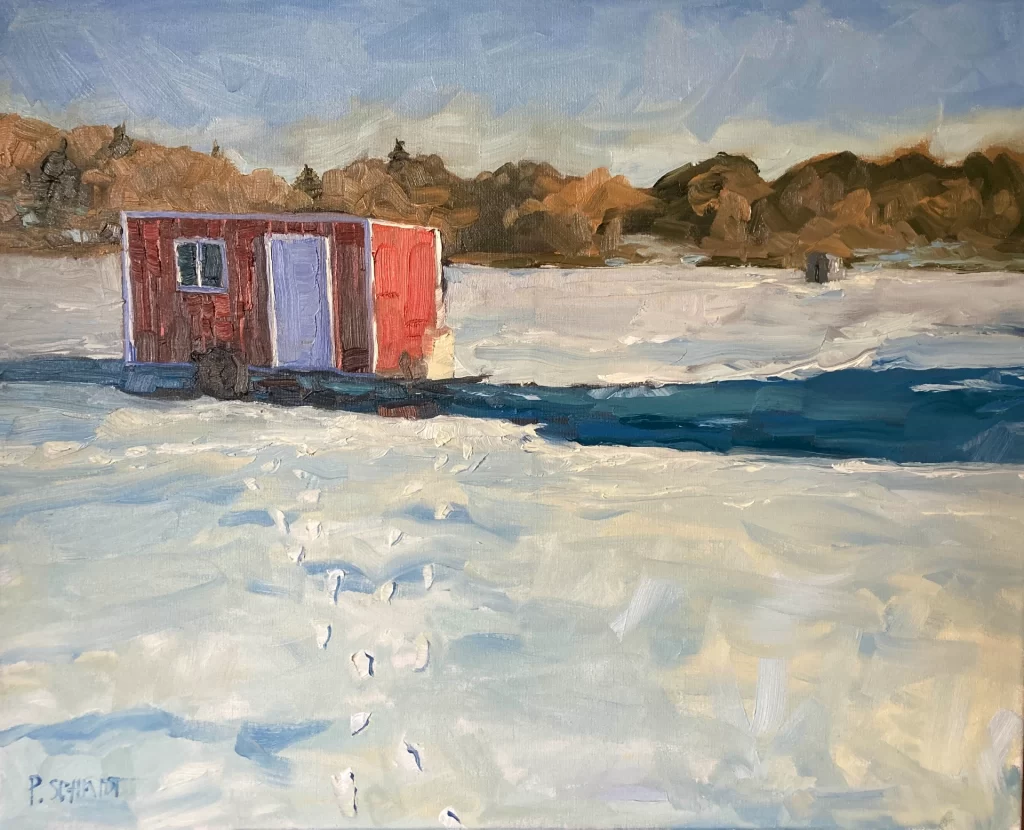Oil on Panel, 12″ x 16″.
I was looking at pictures in this book my son gave me for Father’s Day–it’s an oeuvre of Vincent Van Gogh. I love Vincent’s work (I and the rest of the world) and am trying to learn from him through studying his work. I even painted his third version of Sunflowers in order to better understand his way of painting, strokes and all. You can read more about that here.
I especially love that this book shows pieces of his that are not well-known at all. I get a better understanding looking through his timeline of pieces how he started testing different ideas he was seeing. You can watch him transition out of dark paintings, but then he kind of falters and goes back to it, and then back to bright paintings again. And you can see his brushwork go from initially decent learning from his uncle, to the ugly renaissance smooth, to the still ugly pointillism, to finally his super thick “I just don’t care anymore” brushwork.
What I noticed was that in his brushwork, he suddenly starts outlining his main figures and structures in a dark color, usually black. As I have been working in watercolor for some time doing Urban Sketching, I immediately realized what he was doing–he was creating an armature or skeleton on which to hang his thick strokes. Instead of creating planes with color and using those to define the edges of things, he sometimes (not always) relied on his sketch in black lines to guide where he put each color. You can see it very clearly in certain paintings like this one:

